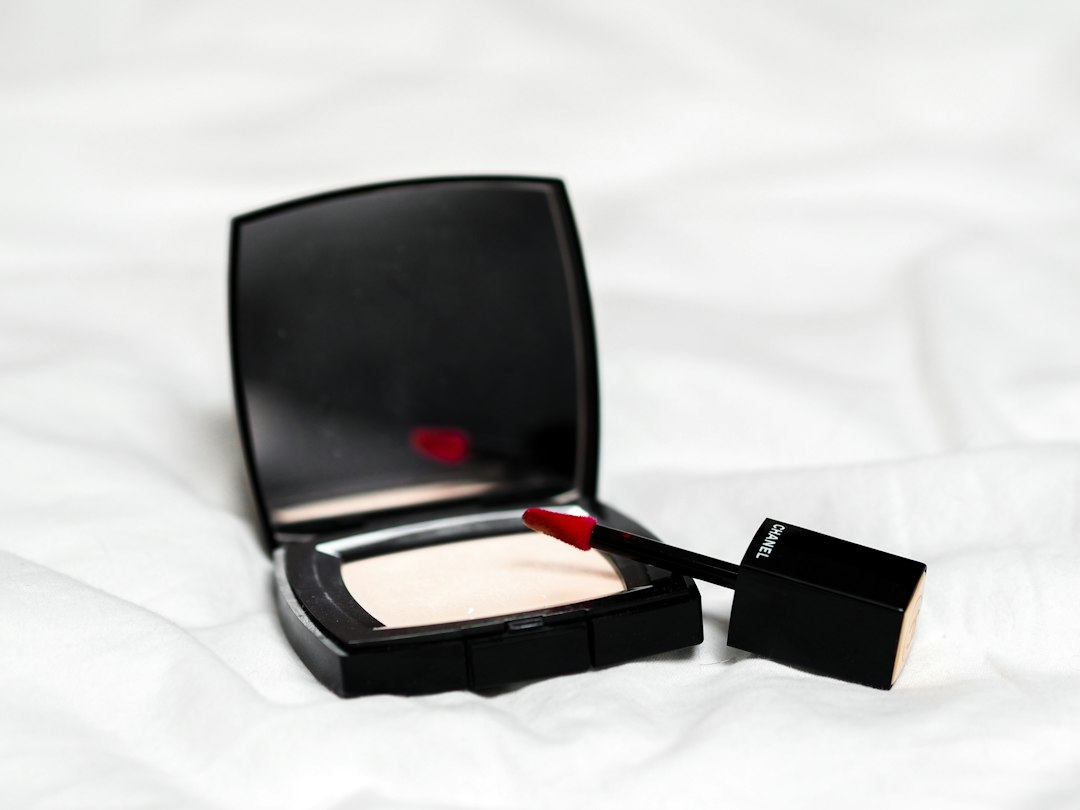Tattoos have been a form of self-expression for centuries, with people using various colors and designs to convey their personal style and beliefs. However, not all colors are suitable for tattooing due to safety concerns and potential health risks. In this article, we will explore the colors that are banned or discouraged in tattoos and the reasons behind these restrictions.
Black and Brown Tattoo Inks
Black is one of the most commonly used colors in tattoos, but not all black inks are created equal. Some black and brown tattoo inks contain high levels of iron oxide, a substance that can cause adverse reactions in some individuals. These reactions may range from mild irritation to severe allergic reactions or infections. To ensure safety, it is crucial to use high-quality black and brown inks that comply with health and safety regulations.
Red Tattoo Ink
Red tattoo ink is another color that raises concerns in the tattoo community. The main issue with red ink is the presence of mercury sulfide, a compound known for its toxic properties. Although the use of this compound in tattoo inks is prohibited in many countries, it is essential to verify the ingredients of the ink used for your tattoo. If you are considering a red tattoo, make sure to consult a reputable tattoo artist who uses safe and approved inks.
Unregulated Colors

Apart from specific colors, some tattoo inks are not regulated by health authorities, such as fluorescent or glow-in-the-dark colors. These inks often contain phosphorescent or UV-reactive compounds that may pose health risks. The long-term effects of these compounds on the skin are not well-studied, making their use in tattoos potentially unsafe. It is advisable to avoid such colors or thoroughly research the ink’s composition before proceeding with a tattoo.
Allergenic Colors
Certain colors, such as green and yellow, have been reported to cause allergic reactions in some individuals. These reactions can range from mild itching and redness to more severe symptoms like swelling and blistering. If you are considering a tattoo with these colors, it is essential to undergo a patch test to check for any allergies. Additionally, using high-quality inks from reputable manufacturers can minimize the risk of adverse reactions.
While tattoos are a popular form of self-expression, it is crucial to be aware of the potential risks associated with certain colors. Black, brown, red, unregulated, and allergenic colors should be approached with caution. Always consult a professional tattoo artist who uses safe and approved inks to minimize the possibility of adverse reactions or health risks. Your health and safety should be the top priority when getting a tattoo.